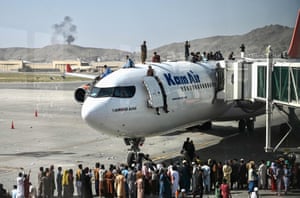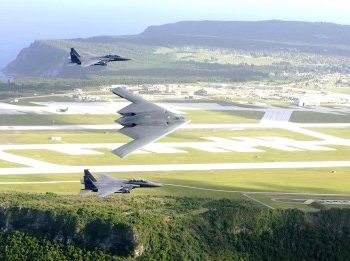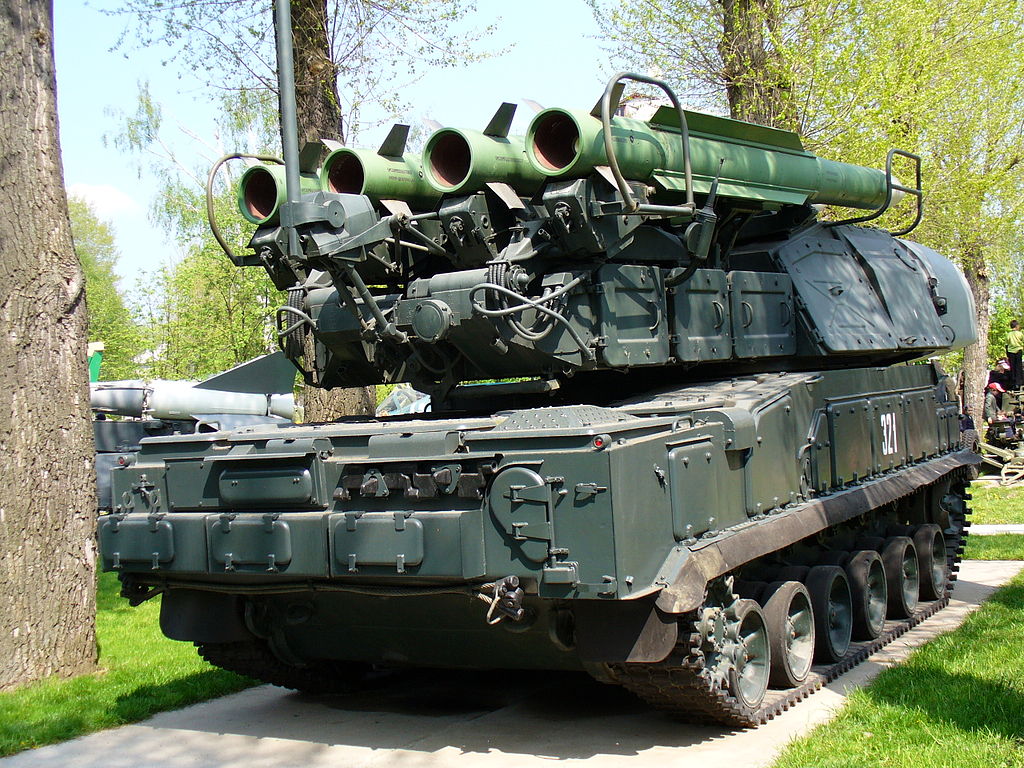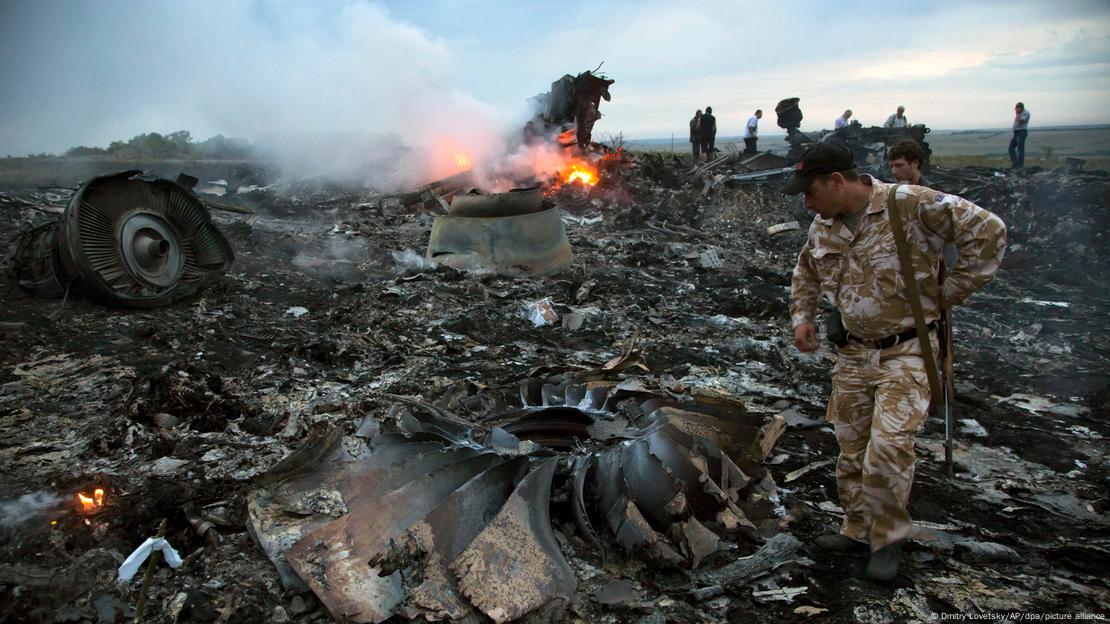After months and months of the State Department blocking the release of the dissent cable, finally a few in the House got access. Getting access was so bad that legislation was about to be introduced to force the issue after several subpoenas.
 click here for a photo gallery/credits courtesy of The Guardian
click here for a photo gallery/credits courtesy of The Guardian
Rep. Darrell Issa, R-Calif., is slamming the Afghanistan dissent cable to which Secretary of State Antony Blinken allowed congressional access Tuesday as “embarrassing” and saying that it debunks the Biden administration’s narrative that it was caught off guard by the country’s swift collapse in 2021.
Issa, who serves on the House Foreign Affairs Committee, told Fox News Digital that he was the first committee member to view the dissent channel cable from the U.S. Embassy in Kabul and Washington’s response.
The State Department’s “dissent channel” allows for contrary views to be expressed by officials. The document, signed by 23 staffers and diplomats, warned about the possibility of a rapid Taliban advance as the U.S. left the country, which President Joe Biden and other top officials downplayed at the time.
“What we saw was their prediction, with great accuracy, of exactly what was going to happen and what the outcome would be if they did not change their directions,” the congressman said. “We saw a response from the office of the State Department saying, ‘We hear you, and we agree, basically, we don’t take it lightly.’ And then, obviously, we know what they did and didn’t do, which was totally insufficient for the warning that was given.”
“They redacted the specific names, but we now know that many of them were senior executive surrogates, meaning people that are paid at the highest level in the State Department,” he continued. “They knew and understood that there was no way that the Afghan military was going to defend successfully. They did not disagree with that, and as a result, they knew that Kabul would fall within weeks, that the Taliban would do what they have done, which is to continue to kill and persecute individuals, and they allowed it to happen.”
Issa said the cable also revealed that “there was no expectation by the State Department that there would be sustainability” in the region and knew that the billions of dollars of U.S. military equipment that was left behind was going to fall into the Taliban’s hands.
Issa said the cable went out on July 13, 2021, the response came back a week later on July 20, and Kabul officially fell weeks later on Aug. 15.
“Every prediction came through, including the quick collapse of the Afghan army,” he said.
Issa said his next course of action is trying to get the document declassified so that the families of the 13 U.S. service members who were killed during the chaotic withdrawal can get to the bottom of what happened.
“Redacting only a portion of a portion of a sentence takes this from a secret document to a confidential document, and confidential, quite frankly, in this case is even inappropriate,” he said.
“This is classified because it’s embarrassing,” he added. “There’s absolutely no reason the American people shouldn’t see it, and I will not rest until they do.”
“The bottom line is nothing ends here,” added Issa’s communications director, Jonathan Wilcox.
“This obliterates the administration’s big lie on Afghanistan – that this could not have been foretold, nobody could have seen this coming, nothing could have done to prevent it,” he said.
“We know it was received. We know it wasn’t followed,” he continued. “Their personnel on the ground saw this, reported it, warned them and were ignored.”
In a statement to Fox News Digital, the State Department accused Republicans of distorting the truth.
“We strongly disagree with the characterizations from some Members of Congress on the contents of the Afghanistan dissent cable,” a spokesperson said. “As Secretary Blinken previously stated in public testimony before Congress, the cable did not suggest the Afghan government and security forces were going to collapse prior to our departure. As the Secretary also said publicly, the Department agreed with the concerns raised in the cable, and in fact, a number of the recommendations the cable made were already in motion. The Secretary personally read and oversaw a response to the dissent cable, and its contents were factored into his thinking.”
“Taking the step of allowing Members of Congress to view the cable, despite the risk that it compromises the purpose of the Dissent Channel, was an extraordinary accommodation and it’s disappointing some Members are choosing to distort the content of the confidential cable,” the spokesperson added.
The State Department referred Fox News Digital to Blinken’s testimony in September 2021 referring to the cable. Continue to read here including the number of times that subpoenas were issued.






